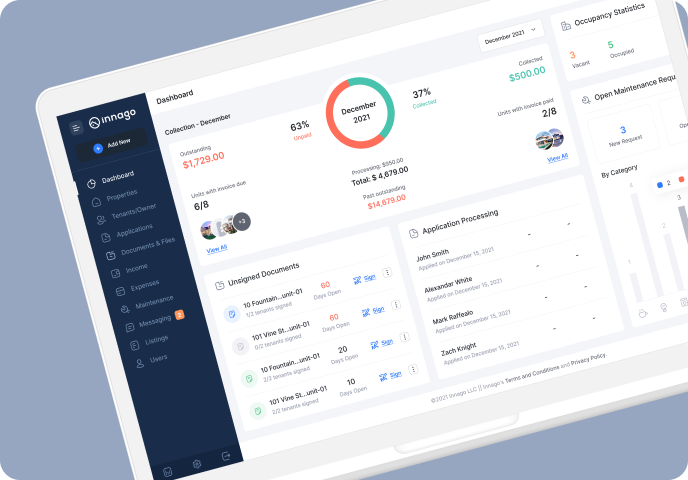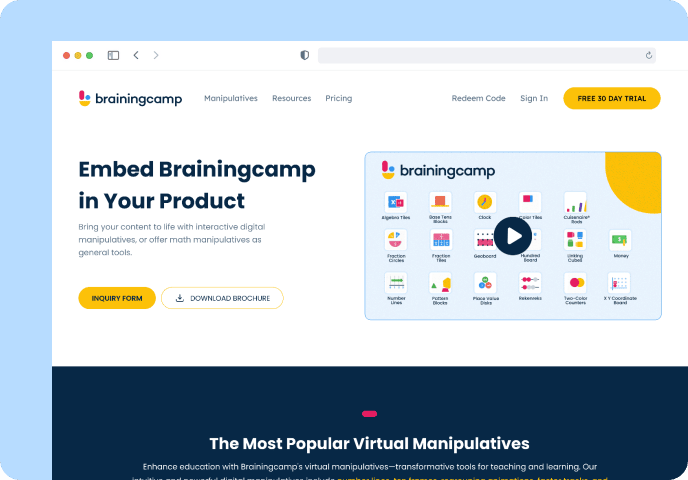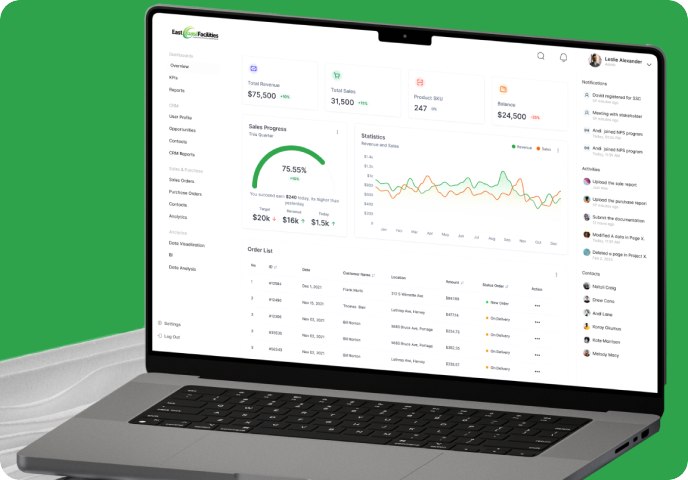Quality Assurance
Quality Tested.
Elation Assured.
Our quality assurance teams exhaustively test every product we engineer.
We root out bugs and all the usual QA stuff, sure. But we also test for that wow factor. That jaw drop. That where-has-this-app-been-all-my-life response.
We want the product we deliver to delight you—and your customers. And we’re not happy until it does.
Test-Driven Development
Taazaa’s development teams utilize test-driven development (TDD) to design and build systems with quality and speed. Our developers write a test for the unit of code they’re working on. Next, they write the code so that it passes the test. Once that’s complete, they refactor the code to clean it up.
Our QA team steps in once TDD is complete. They test all aspects of the product that TDD can’t test and provide validation that the completed system is free from errors or glitches.
End-to-End Quality Assurance
At Taazaa, QA isn’t just the final step in our product development process. For us, QA begins when the project begins. Our end-to-end quality assurance approach means that we start by cultivating an understanding of the finished product’s role in your business.
From concept and inception to prototyping and testing, a collaboration between QA and Development teams helps maintain our high-quality standards.
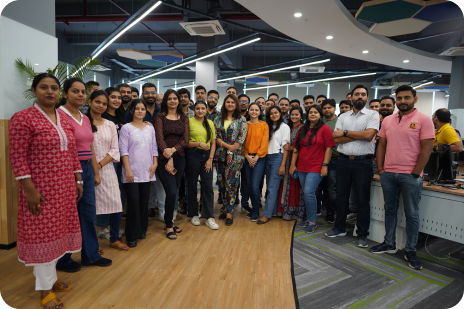
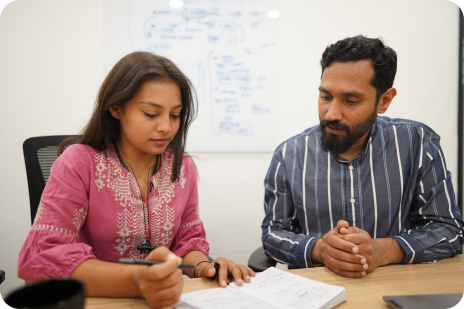
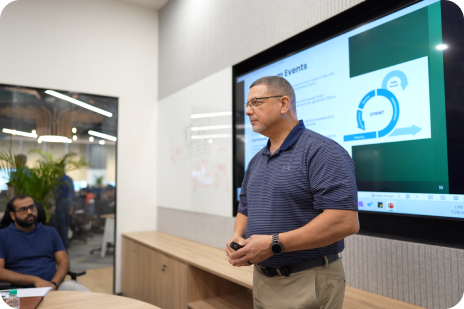
How do we do it?
Taazaa’s QA teams have multiple types of testing at their disposal. Regardless of the type of testing used, the goal is the same: producing the highest-quality software possible.
Integration Testing
This is a level of software testing at which we combine individual software units or components and test them as a group. The purpose of integration testing is to highlight the faults, if any, in the interactions between integrated units. Our QA team makes sure all integrations are seamless.


Security and Compliance Testing
Security testing is a critical part of Taazaa’s QA protocols. Extensive, intense security testing pinpoints any system vulnerabilities during the development process, allowing our developers to address potential problems immediately. Our QA team makes certain your product isn’t vulnerable to unauthorized access, hacking attempts, and data theft.
Test Automation
Automated testing alleviates human error and allows the testing team to use their time more efficiently. Using test automation software, the QA team writes test code/scripts to execute some of the more repetitive testing procedures automatically.
Test automation allows us to expand test coverage without delaying the project. We’re able to get a thoroughly tested product to you faster, yet still guarantee that it meets the highest quality standards and offers excellent performance.


Functional Testing
Functional testing bases its tests on the software component’s specifications. It evaluates a system’s or component’s compliance with the specified functional requirements. In simpler terms, we test to make sure your product does what it’s supposed to do, in order to expose any points of failure.
Performance Testing
Performance testing evaluates how a software program or a device acts while it’s completing an assigned workload.
Our performance testing process tests for speed, stability of the software or platform, response time, reliability, scalability, and how much of the available resources the software uses under a heavy workload.


Load Testing
When we conduct load testing on your product or application, our QA team monitors your software’s performance as it churns through a specific workload scenario—for example, how it behaves when multiple users are accessing it simultaneously.
Load testing helps us identify weaknesses and breaking points, so we can improve your product’s performance. Our goal is to make sure your software runs smoothly and remains stable even when it is stressed by high demand. Only then do we release it to you.
Our Process
1
Analysis
To explore the vision, the market, and the problem to be solved.
Design
Development
Release
Support
Our work speaks for itself ...
... but sometimes our
clients chime in

Taazaa has always been more than our technology partner. I give a lot of credit to Taazaa for what we were able to accomplish. The team was there through thick and thin. We struggled a lot and celebrated more. I knew they were a team I could count on.

James Ekbatani
Founder and Chairman, HealthFair

The Taazaa team was easy to work with and delivered a powerful and professional application that we proudly demo for our clients and prospects. I find ‘The Vault’ to be highly user-friendly. It’s effortless to navigate around. The look and feel of the app are what we were looking to develop. Congrats to the Taazaa development team.

Jeffrey Katz
COO & Co-Founder, Strategic Audit Solutions

In terms of quality and application performance, Taazaa is one of the best we have worked with. We are very satisfied with their work and deliverables! Taazaa helped us put everything together. They built the platform quickly and added more developers whenever required.

Barry French
CEO, TRAZER
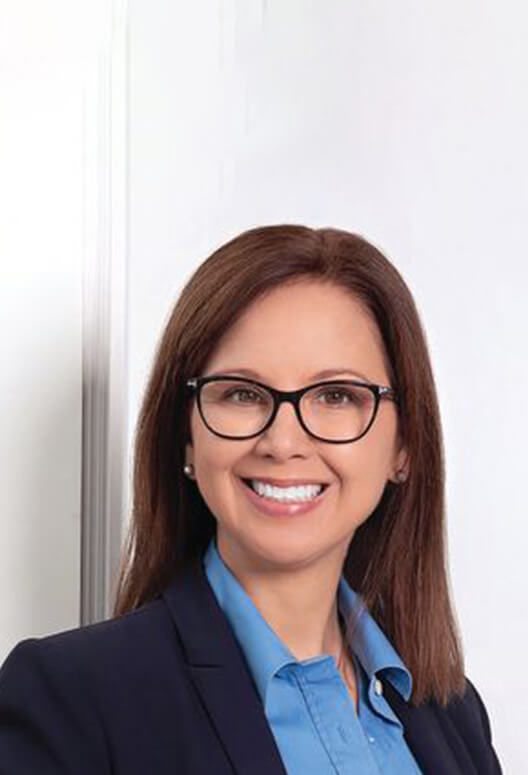
Team, our Hopkins demo went extremely well. The team was very impressed with the new platform and provided great feedback. Thank you all for making this very important meeting a win for Emvitals! Taazaa is helping us expand our presence – thank you for all your hard work.

Jennifer Hunter
CEO and Founder, Emvitals

Many thanks for having taken care of these updates so very quickly. We are ready for a soft launch with our VOZ Advisors colleagues early in the New Year. Thank you so very much for all your help throughout the year. I have very much enjoyed working with you and give you an A+ for excellent customer service.

Ellen Coleman
President and CEO, VOZ Advisor

Partnering with Taazaa to create CookinGenie has been an extraordinary journey. From an initial website to a refined web and iOS app, Taazaa understood our unique challenges and the customer experience we imagined. I cannot recommend Taazaa highly enough to anyone looking to bring a complex vision to life.

George Zappas
Executive Chef, CookinGenie






Ramp Up Quickly
and Effectively

Kickstart your dream
project with us
with our solution consultants.
The product owner acts as the liaison between the development team and stakeholders. Their purpose is to ensure the software meets business objectives and user needs.
Quality Assurance (QA) specialists check the software’s quality before it’s released to users. They perform manual and automated tests, identify and resolve issues, create test plans, report and track issues, and ensure software stability and reliability.
In case you're wondering ...
In software development, four types of quality assurance practices are commonly employed. Functional QA focuses on verifying that software functions as intended by conducting unit, integration, and system tests. Performance QA assesses the software’s responsiveness, scalability, and resource usage under different workloads to ensure optimal performance. Security QA involves identifying and mitigating potential vulnerabilities to protect against unauthorized access and data breaches. Usability QA focuses on evaluating the user experience to ensure the software is intuitive, user-friendly, and meets the needs of its intended audience.
Software Quality Assurance (QA) involves creating and implementing quality control procedures, conducting comprehensive testing, and enforcing adherence to defined quality standards and best practices. QA’s goal is to enhance the software’s overall quality, reliability, and performance, resulting in a product that meets or exceeds user expectations while minimizing errors or failures.
Software testing is part of the QA process. Its primary purpose is to ensure that the software product functions correctly, meets user expectations, and is reliable, robust, and free from critical issues. Testing helps uncover and resolve bugs, enhance software quality, and mitigate risks before the product is released.
Effective quality assurance protocols include testing, analysis, inspection, and review. Our QA teams use test-driven development and end-to-end quality assurance to eliminate bugs and defects in every software development project we do.
Software testing and quality assurance (QA) are critical components of software development. Projects with a limited scope and fewer complexities may have less emphasis on formal testing and dedicated QA processes. However, rigorous QA becomes imperative for larger, complex projects or those involving critical systems. Evaluate each project’s specific needs and goals to determine the appropriate level of testing and QA required.

